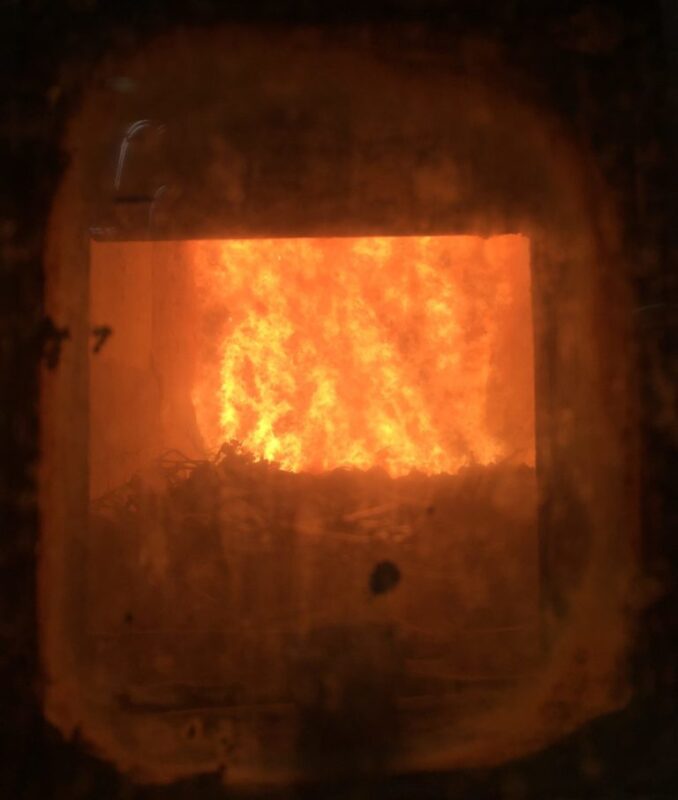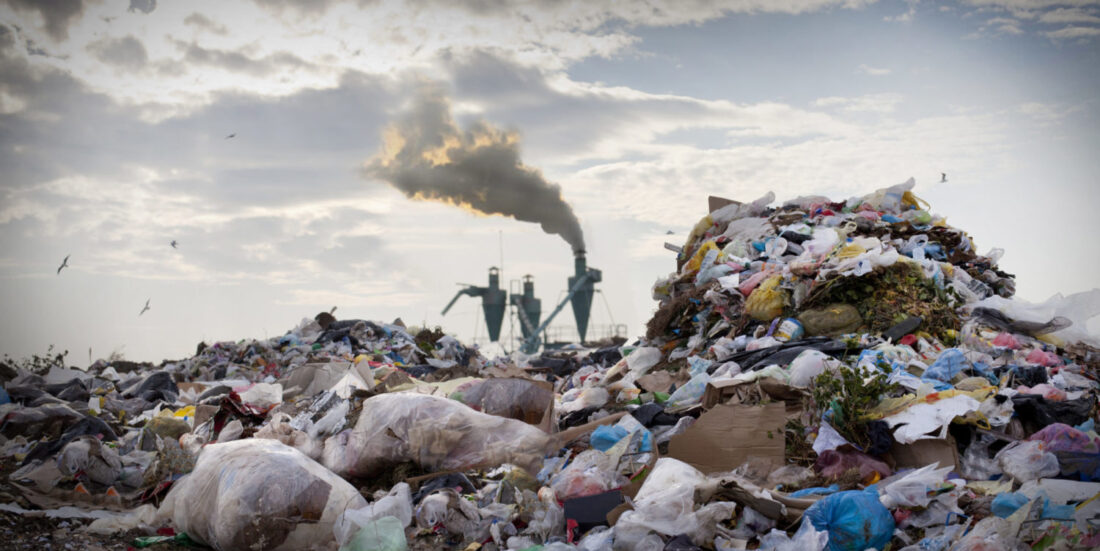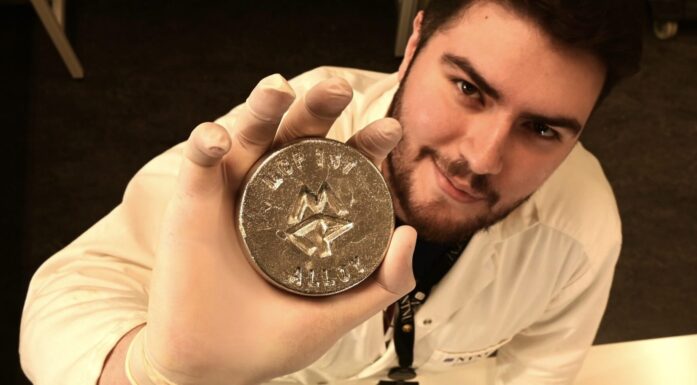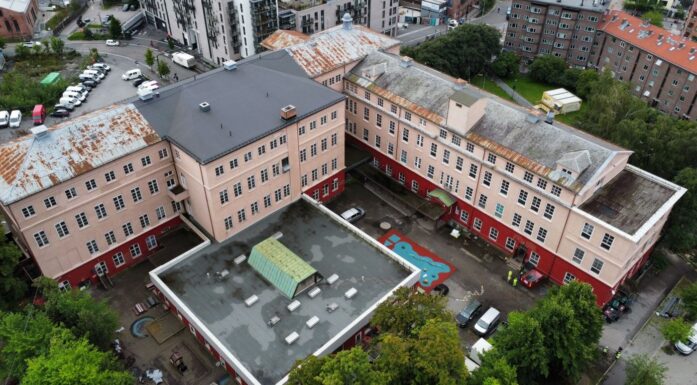A new approach to waste incineration removes CO2 from the atmosphere
There are plans in Årdal to build a waste incineration plant based on a new technology that captures and stores CO2, thus removing the greenhouse gas from the atmosphere.
SINTEF has for more than 15 years gradually been developing its expertise in the field of oxyfuel combustion, which uses pure oxygen instead of air to drive the combustion process. There are many benefits to using oxygen, not least the fact that it makes it easier to capture the emitted CO2.
SINTEF recently became involved in a joint project with Årdal municipality in Vestland county to build the world’s first waste incineration plant that not only uses oxygen for combustion, but also offers carbon capture and storage (CCS). The project has been named NETOX and is currently in the application stage. Today, large volumes of waste generated in Norway are transported to Sweden, where it is incinerated to fuel district heating plants.
We are in fact actually removing CO2 from the atmosphere.
“To start with, we need two to three years to design and build a demonstration plant”, says Mario Ditaranto, who is a Research Scientist at SINTEF Energy Research.

Our waste contains large volumes of CO2. Researcher Michael Becidan at SINTEF pictured here by the sorting conveyor belt at the Haraldrud recycling facility in Oslo in connection with the CapeWaste project – precursor to the NETOX project planned for Årdal. Photo: SINTEF
“Then we have to demonstrate that the technology works and is commercially viable”, says Ditaranto. “If all goes well, we can build an industrial-scale plant that can be operational in 2030, thus becoming the world’s first demo plant for waste incineration using oxyfuel combustion”, he says.
“A full-scale plant will be sited in industrial areas located close to cities generating large volumes of waste and, ideally, also producing hydrogen”, says Ditaranto.
When it becomes expensive to emit CO2, it will be more profitable to reduce emissions.
Not yet mature
Initially, the project considered building the demo plant at the existing Haraldrud recycling facility in Oslo. However, the target deadlines for CO2 emission reductions are causing Oslo municipality to evaluate more tried and tested technologies.
“So far, we’ve demonstrated that oxyfuel combustion works for different mixtures that resemble waste”, says Ditaranto. “We’ve also run simulations of a waste incineration chamber and have succeeded in recreating the temperature using this method. However, we need more time to design the combustion technology and optimise the oven. We’ve come a long way, but the technology won’t be sufficiently mature for conversion to industrial scale for many years yet”, he says.
It will then become the world’s first demo plant for waste incineration using oxyfuel combustion.
The advantage of locating the plant in Årdal is that it will be ideally situated close to hydrogen production using renewable energy with oxygen as a by-product. Moreover, the local municipality has some experience with waste incineration.
Flexible combustion with benefits
Our waste consists of all sorts of things. It varies both with location and in terms of volume. Its lack of homogeneity makes it difficult to achieve optimal incineration, but oxyfuel combustion has the major advantage of being adaptable to different types of fuel. Moreover, it is possible to optimise combustion regardless of the type of waste, simply by making some minor modifications.
“When we replace air with oxygen to combust a given type of fuel, the combustion temperature will be very high – indeed, too high for the oven and the boiler”, explains Ditaranto. “But if we supply CO2, which in this process is recirculated from the flue gases, the temperature falls, enabling combustion to take place at normal temperatures. This is what we call ‘oxyfuel combustion’, he says”.
“Imagine that we have some waste, such as water-saturated waste, that is more difficult than most to burn”, says Ditaranto. “If we recirculate a little less CO2, the temperature will be somewhat higher than that we would achieve using only air. The higher temperature also means that we will achieve more efficient combustion”, he explains.

Researchers have observed that the combustion of waste (in the bottom of the incineration chamber) using oxygen works very well. Photo: SINTEF
The disadvantage of oxyfuel combustion is the costs involved in producing the oxygen. But Ditaranto believes that another eco-friendly technology will soon be coming to the rescue.
“Many technologists think that hydrogen will be the fuel of the future, but at present it remains expensive to produce. On the other hand, we see opportunities to create an excellent synergy”, he says.
Oxygen is a by-product of hydrogen production. The gas is not in demand today, but if it can be sold to waste incineration plants, hydrogen production will rapidly become more profitable, thus making access to oxygen less expensive. In this way, two eco-friendly technologies will be able to complement each other. However, a lot of work remains to be done to clarify the economics of such a synergy.
A factor that may help to smooth the economic evaluation is sky-rocketing CO2 emissions taxes. When it becomes expensive to emit CO2, it will be more profitable to reduce emissions.
CCS and Bio-CCS
Norway is operating with targets to reduce CO2 emissions by 55 per cent by 2030, and by between 90 and 95 per cent by 2050.
“It’s difficult to envisage how this can be achieved without carbon capture and storage”, says Ditaranto.
All the CO2 generated by incineration at the pilot plant in Årdal will be captured and transported for storage. The project is looking to link its operations to the Norwegian state’s Langskip (Longship) CCS project, which involves the sequestration of CO2 in reservoirs below the seabed in the North Sea.
“This is in fact a carbon negative initiative, also known as Bio-CCS”, says Ditaranto. “Biomass extracts CO2 from the atmosphere. By combusting this biomass, and then capturing and sequestering all the resulting CO2, we are in fact effectively removing CO2 from the atmosphere”, he says.
Competing technologies
Major players such as Hydro, Yara, Elkem, Norcem and Oslo municipality are currently engaged in various CCS projects. But Mario Ditaranto is not concerned that oxyfuel combustion will be overtaken by the more established technologies being developed as part of these initiatives.
“We need a variety of different tools in our toolbox”, he says. “All technologies have their benefits and shortcomings. The great advantages of oxyfuel combustion are its flexibility, its ability to adapt to all types of waste, and the ease by which CO2 can be captured from the combustion process”, he says.
The stimulus for the entire project was a question asked by the Waste and Recycling Department at Oslo municipality as to whether it was possible to incinerate waste using oxyfuel combustion. SINTEF accepted the challenge and was granted NOK 8 million in funding from the Research Council of Norway for a project called CapeWaste.
The Norwegian partners in the NETOX project are Årdal municipality, the inter-municipal waste management company SIMAS, the power company Østfold Energi, the carbon management contractors KANFA, the chemical company Linde, the Western Norway Research Institute (WNRI) and the technology innovation centre Sitep. Partners from Sweden, Germany and Greece are also involved in the project, which is aiming to investigate oxyfuel combustion in connection with both waste incineration and cement manufacture.





